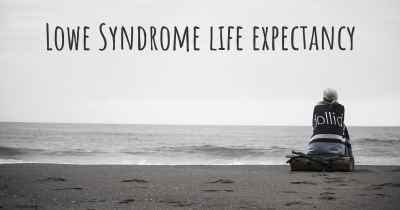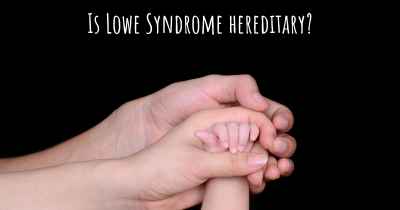Living with Lowe Syndrome. How to live with Lowe Syndrome?
Can you be happy living with Lowe Syndrome? What do you have to do to be happy with Lowe Syndrome? Living with Lowe Syndrome can be difficult, but you have to fight to try to be happy. Have a look at things that other people have done to be happy with Lowe Syndrome

Living with Lowe Syndrome
Lowe Syndrome, also known as oculocerebrorenal syndrome, is a rare genetic disorder that primarily affects males. It is characterized by a triad of symptoms including eye abnormalities, central nervous system issues, and kidney problems. Living with Lowe Syndrome can present various challenges, but with proper care, support, and management strategies, individuals with this condition can lead fulfilling lives.
Medical Management
One of the most crucial aspects of living with Lowe Syndrome is regular medical management. It is essential to establish a strong partnership with a knowledgeable medical team, including specialists in ophthalmology, neurology, and nephrology. Regular check-ups and screenings are necessary to monitor and address any potential complications.
Eye Care
Eye abnormalities are a hallmark of Lowe Syndrome. Regular visits to an ophthalmologist are vital to monitor and manage these issues. Treatment options may include corrective lenses, surgical interventions, or other specialized therapies. Additionally, protecting the eyes from injury and maintaining good hygiene can help prevent further complications.
Neurological Support
The central nervous system involvement in Lowe Syndrome can lead to developmental delays, intellectual disabilities, and movement disorders. Early intervention is crucial to optimize outcomes. Accessing appropriate therapies such as physical, occupational, and speech therapy can help individuals with Lowe Syndrome reach their full potential.
Kidney Function
Kidney problems are another significant aspect of Lowe Syndrome. Regular monitoring of kidney function through blood and urine tests is essential. A nephrologist can provide guidance on managing kidney-related issues, including dietary modifications and medications. In some cases, kidney transplantation may be necessary.
Supportive Care
Living with Lowe Syndrome can be challenging, both for the affected individuals and their families. Seeking out support from healthcare professionals, support groups, and other families facing similar challenges can provide valuable emotional support and practical advice. Sharing experiences and learning from others can help navigate the complexities of the condition.
Education and Individualized Learning
Children with Lowe Syndrome may face learning difficulties and benefit from individualized education plans. Collaborating with educators and specialists to create tailored learning strategies can help optimize their educational experience. It is important to advocate for appropriate accommodations and support within the educational system.
Adaptive Equipment and Assistive Technology
Depending on the severity of symptoms, individuals with Lowe Syndrome may benefit from various adaptive equipment and assistive technologies. These can include mobility aids, communication devices, and specialized tools to enhance independence and quality of life. Occupational therapists can provide guidance on selecting and utilizing such equipment.
Emotional Well-being
Living with a chronic condition like Lowe Syndrome can impact emotional well-being. It is important to prioritize mental health and seek support when needed. Engaging in activities that bring joy, maintaining social connections, and accessing counseling or therapy services can contribute to overall emotional well-being.
Family Support
Family members play a crucial role in supporting individuals with Lowe Syndrome. Open communication, understanding, and patience are key. Families should educate themselves about the condition, connect with support networks, and ensure they take care of their own well-being to provide the best possible support to their loved one.
Advocacy and Awareness
Advocating for individuals with Lowe Syndrome is essential to raise awareness, promote research, and improve access to resources. Participating in advocacy groups, supporting relevant charities, and sharing personal experiences can contribute to a greater understanding of Lowe Syndrome and help improve the lives of those affected.
Living with Lowe Syndrome requires a multidisciplinary approach, involving medical management, specialized care, emotional support, and a strong support network. While challenges may arise, individuals with Lowe Syndrome can lead meaningful lives with the right resources, interventions, and support.








